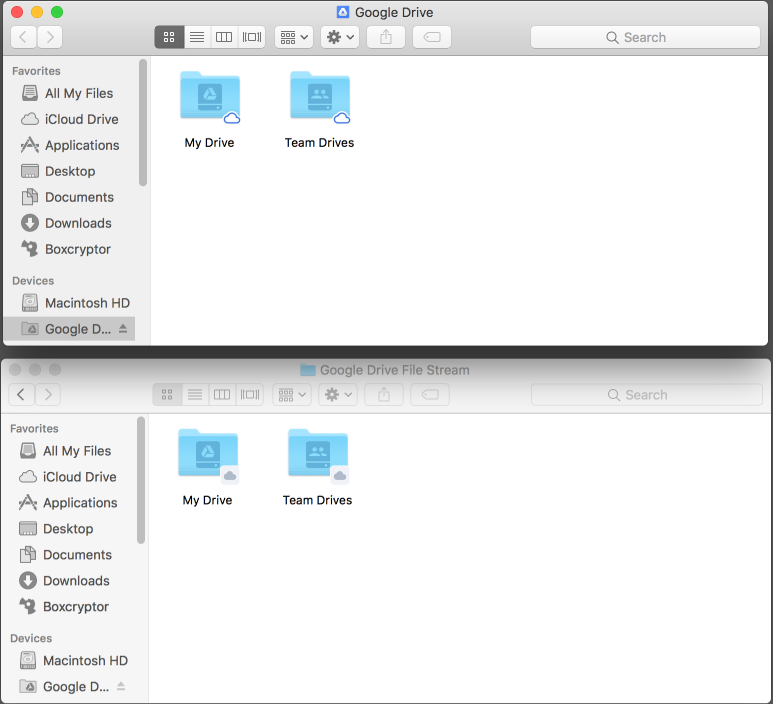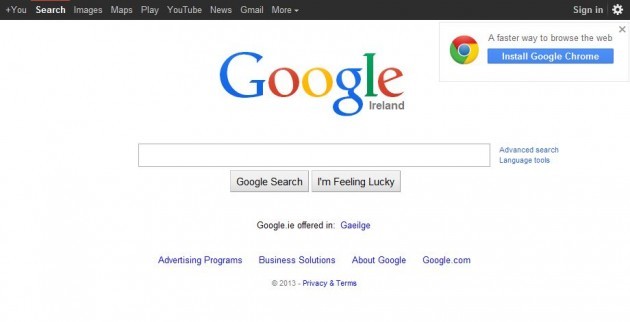Google Drive has several different access levels when you share files, folders, and Google Docs. If you create, sync, or upload a file, you're the owner of that item (unless you've transferred ownership). There are three levels of access for collaborators: Can view, Can comment (Google documents and presentations only), and Can edit. Especially if you are using an expensive Solid State Drive or SSD. Cleaning old Google Chrome versions will save you at least 250MB. If you are “lucky” you can save several GigaBytes. Usually temporary files grow the longer you have software installed. So let’s get to work Cleaning old Google Chrome versions in Program Files. Select the three dot icon in Google Drive and select Manage Versions. Then hit the three dots again and select Download. Download take the Sheet outside of version control though.
Google Chrome eats Gigabytes
[postad]Did you know Google Chrome can eat up Gigabytes of disk space? For some reason Chrome keeps copies of previous versions around. After a while Chrome will start taking up several Gigabytes!
Saving disk space is always nice. Especially if you are using an expensive Solid State Drive or SSD. Cleaning old Google Chrome versions will save you at least 250MB. If you are “lucky” you can save several GigaBytes. Usually temporary files grow the longer you have software installed. So let’s get to work…
Cleaning old Google Chrome versions in Program Files

Step 1: Navigate to the Chrome installation folder
Depending on whether you have enable UAC (User Account Control) or not the Google Chrome’s installation files are located in the following directory
C:Program Files (x86)GoogleChromeApplication
Step 2: Identify old Chrome versions
If you reached the correct folder then you will notice several directories with a lot of numbers. These are the different Google Chrome versions.
In this example there were 2 Chrome installation folders to be found; Version 40.xxx.94 and version 40.xxx.93. Meaning that .94 is the latest version of Chrome.
Step 3: Remove old versions of Chrome
Now simply remove the folders that have old version numbers. In this example the folder 40.0.2214.93 (153 MB) can be safely removed.
Cleaning old Google Chrome versions in Appdata (UAC enabled)
Depending on whether you have enable UAC (User Account Control) or not the Google Chrome’s installation files are located in a complicated file path. If you have multiple user accounts then make sure you are logged into the primary administrator account (usually named admin).
Step 1 version A: Find Chrome in Appdata with %appdata%
Type the following code into your Task bar: (Windows 8 users press windows key+ R at the same time to open the ‘run’ window).
%appdata%
This will open directory AppDataRoaming in a new window.

Now follow these steps:
- go back one step to the parent folder AppData
- enter directory Local
- enter directory Google
- enter directory Chrome

You will end up in C:UsersyourusernameAppDataLocalGoogleChrome. Where yourusername is the name of your current Windows account.
Step 1 version B: Finding Chrome in Appdata by browsing
Manually browse to the Chrome temporary folder. By default Windows hides system folders. In that case you will not be able to see the Appdata map. Try to navigate here:
C:UsersYOURUSERNAMEAppDataLocalGoogleChrome
Obviously “YOURUSERNAME” needs to be replaced with the user that installed Chrome.
Step 2: Identify old Chrome versions
As demonstrated here, Chrome basically has a double installation present. One for version 34, and one for version 35.
Step 3: Cleaning old Google Chrome versions
Now that we have found the culprit we can start cleaning up old Google Chrome versions by removing files.
Make sure that you do not delete the latest version! The latest Chrome version will be in the folder with the highest version number. In my example 35.0.x will be newer than 34.0.x. Therefore I can safely delete version 34 (and lower).
Do not delete other files and folders, only delete folders that have a version number!
Summary

Now you know how to save some hard disk space by removing unnecessary Chrome files. How much did you save???